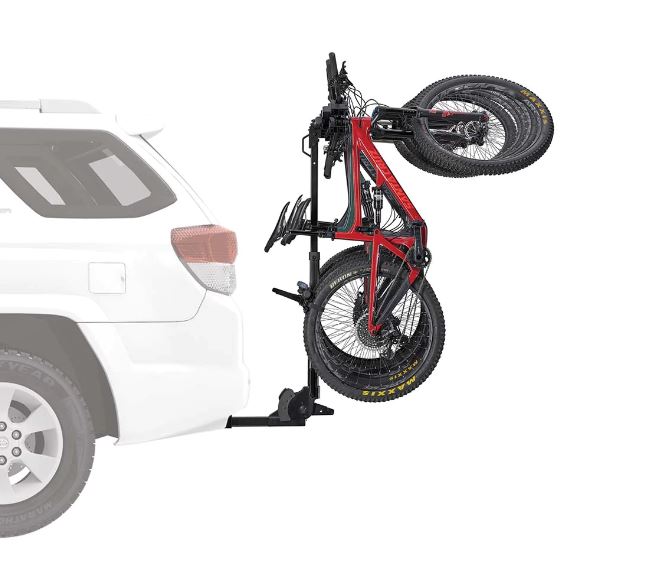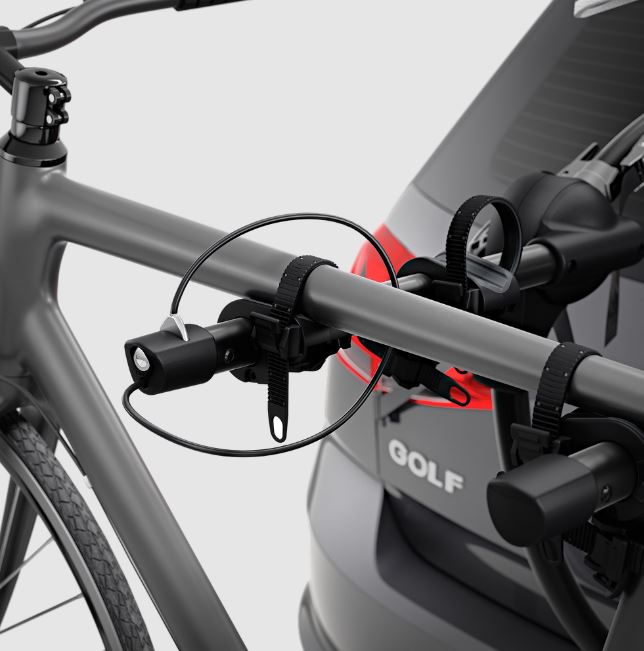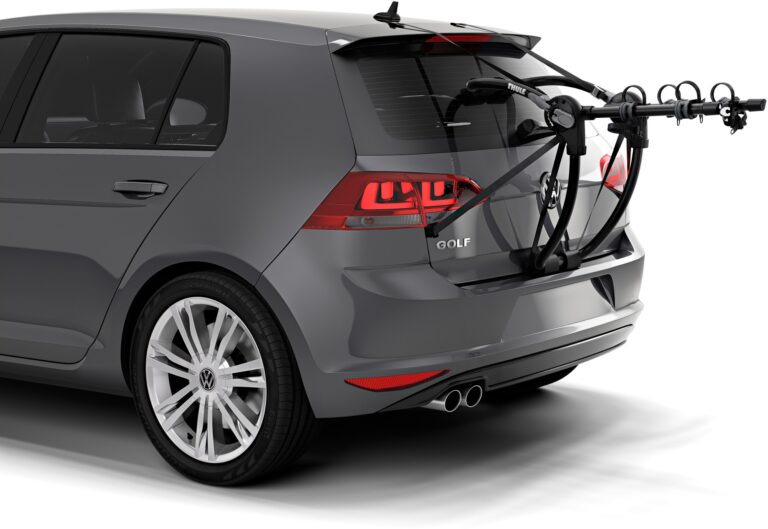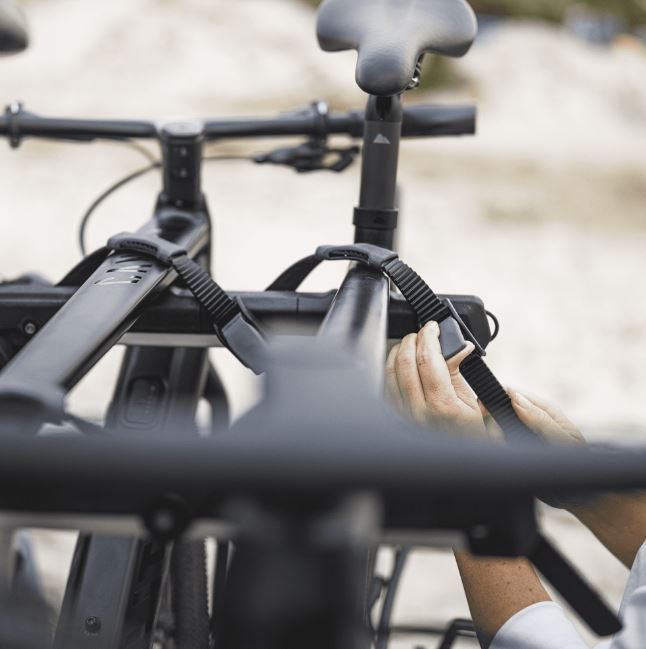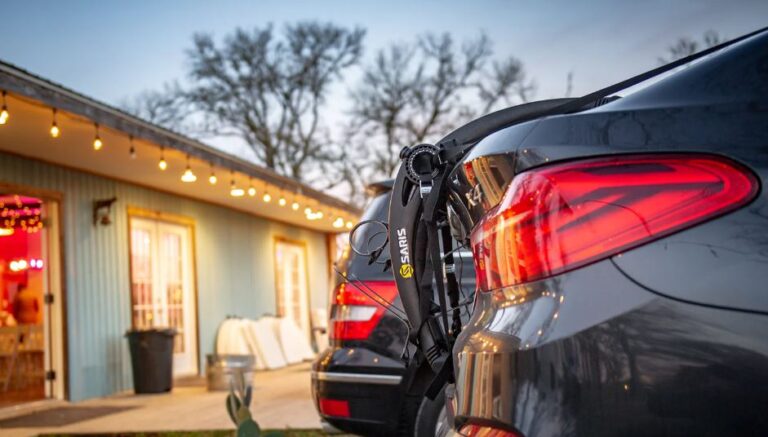Types of Bike Racks for Cars
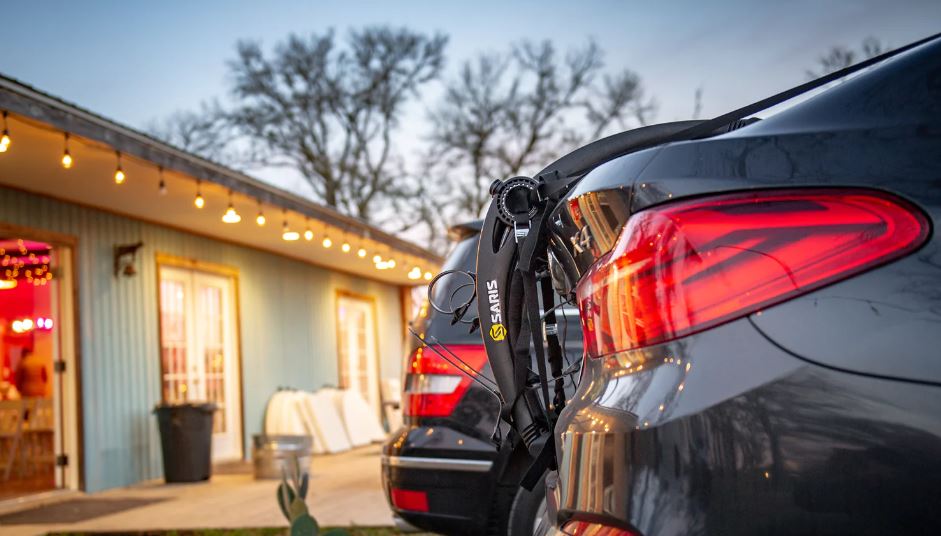
Key Point Summary of Types of Bike Racks for Cars:
- Hitch-Mounted Racks: Offer convenience and ease of loading.
- Trunk-Mounted Racks: Provide versatility and affordability.
- Roof-Mounted Racks: Best for versatility and vehicle access.
- Considerations: Include bike security, vehicle compatibility, and ease of use.
Hitch-Mounted Racks
Hitch racks attach to the rear hitch receiver of your vehicle, providing a sturdy and accessible mounting point for your bikes. They come in two main styles: platform and hanging. Platform racks support bikes by the wheels, ideal for heavier mountain or electric bikes, minimizing sway during transport. Hanging racks suspend bikes by the frame, a more compact and often more economical option, suitable for lighter road and cyclocross bikes. The primary advantage of hitch-mounted racks is the ease of loading and unloading bikes without the need to lift them high off the ground, coupled with minimal impact on vehicle aerodynamics.
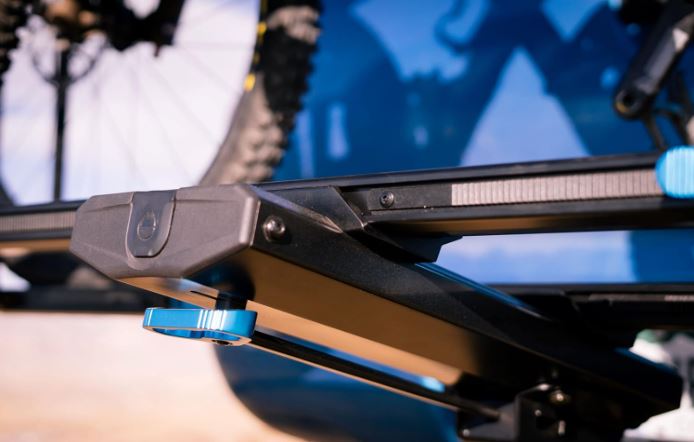
Trunk-Mounted Racks
Trunk racks are a versatile and affordable option that attaches to the rear of your vehicle using straps and hooks. They are compatible with a wide range of vehicles, including those without hitch receivers or roof rails. While they are generally easy to install and remove, their contact with the vehicle can pose a risk of scratching if not properly mounted or if the vehicle is dirty. Trunk racks are most suitable for occasional use or when simplicity and cost are primary considerations.
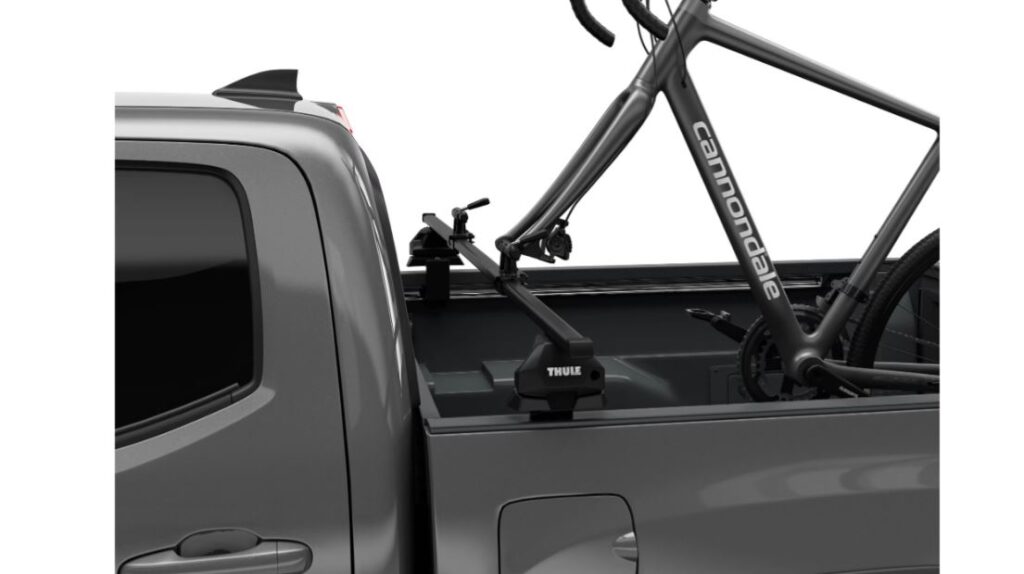
Roof-Mounted Racks
Roof racks offer the ability to carry bikes on top of your vehicle, freeing up space at the rear. They require a vehicle with roof bars or rails and can carry a wide variety of bikes, from road to mountain bikes, without the need for a hitch. Roof racks are ideal for cyclists who prioritize keeping the rear of the vehicle accessible for cargo or towing. However, they require lifting bikes overhead, which may be challenging for heavier bikes or taller vehicles. Additionally, they can affect vehicle aerodynamics and clearance.
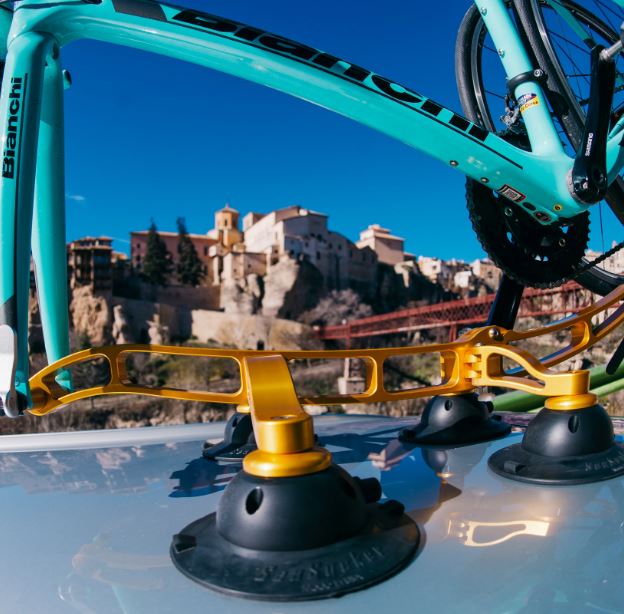
Making the Right Choice
When selecting a bike rack, consider the following:
- Number of Bikes: Ensure the rack can accommodate the number of bikes you plan to transport.
- Vehicle Compatibility: Check that the rack fits your vehicle model and type, considering factors like hitch size or roof bar compatibility.
- Ease of Use: Consider how easy it is to load and unload your bikes, especially if you plan frequent trips.
- Security: Look for racks with built-in locks or those that allow bikes to be locked securely to deter theft.
Wrapping Up
Choosing the right type of bike rack for your car involves balancing factors like convenience, vehicle compatibility, and how often you’ll be transporting your bikes. Whether you opt for the ease of hitch-mounted racks, the versatility of trunk racks, or the space-saving benefits of roof racks, the right choice will provide you with a reliable means of bringing your bikes along for the ride, ready to explore new trails and roads.
Selecting the best bike racks within each category depends on current market offerings, user preferences, and vehicle compatibility. Here are top picks across the main types of bike racks:
- Hitch-Mounted Rack: The Thule T2 Pro XT stands out for its robust construction, ease of use, and the ability to accommodate a wide range of bike sizes and styles without frame contact, making it ideal for both mountain bikes and delicate carbon frame bikes.
- Trunk-Mounted Rack: The Saris Bones 2-Bike Trunk Rack is renowned for its lightweight yet sturdy design, compatibility with a variety of vehicles, and unique arc-based shape that separates bikes on different levels, minimizing contact and providing better stability.
- Roof-Mounted Rack: The Yakima HighRoad is a top choice for cyclists seeking a roof-mounted solution, offering a secure, wheel-on mount that doesn’t contact the bike frame, suitable for protecting carbon frames and painted surfaces. It’s easy to install and adjust, fitting a broad range of wheel sizes.
These recommendations capture a blend of durability, security, and ease of use, ensuring that cyclists can transport their bikes safely and conveniently, regardless of the adventure that lies ahead.
FAQ
What is the best type of bike rack for SUV?
Hitch-mounted racks are generally considered the best type for SUVs due to their ease of loading and unloading, minimal impact on vehicle aerodynamics, and the ability to carry multiple bikes securely without risk of damaging the vehicle’s finish.
What is the best way to carry bikes on a car?
The best way depends on your vehicle type, the number of bikes, and personal preferences. Hitch-mounted racks offer convenience and accessibility, roof-mounted racks are versatile and keep the rear of the car clear, while trunk-mounted racks are portable and easier to store when not in use.
Which is better hitch or trunk bike rack?
Hitch bike racks are typically better for those who prioritize ease of access, stability, and carrying multiple bikes. Trunk racks can be more suitable for casual cyclists due to their lower cost and flexibility across different vehicles.
Which bike rack is best?
The best bike rack varies based on individual needs, but hitch-mounted racks like the Thule T2 Pro XT are highly regarded for their robustness, ease of use, and versatility across different bike types and sizes.
